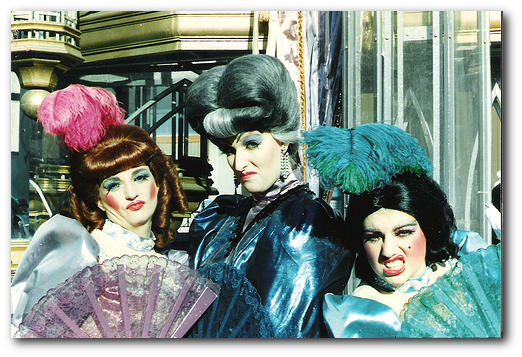Stories have long been an important way of recording and imparting information, as evident through the survival of folklore, myths and songs from our past. As a tool for communicating, and retaining information, they are highly valuable, and the principles of this can be applied to the promotion of User Experience.
Why do teams need to understand UX?
When working within a team, whether it’s a small web development company, or a large multi-national company, it’s impossible for one person to oversee every aspect of development. That is why it’s important for everyone to understand the principles of user experience, due to the large variety, and span of tasks that it encompasses. A good user experience designer is not the one who works longer hours, or has more creative control over the final product, instead they are the one who makes sure everyone understands UX goals, and works towards them.
It is this reason that books such as Krug’s Rocket Surgery Made Easy heavily promote the idea of getting everyone, from the CEO to a junior developer, involved when testing with real user’s, as it is these people who will be able to implement user experience ‘fixes’. The solution Krug suggests involves inviting these people to view the user testing sessions, and bribing them with snacks.
Because encouraging successful user experiences requires everyone’s involvement, it’s important that everyone understands the goals of user experience, and can incorporate them into their work. The problem is making them understand what those goals are.

Pictured: not a goal
What are stories good for?
Homer’s Odyssey was composed in the 8th century BC, and yet a canonical written version wasn’t produced for another 300 years. Before this, the tale was remembered, and shared orally, through song. Considering that the Odyssey contains over 12,000 lines, this is no small feat. That’d be like remembering, and reciting on demand, every blog post I’ve done so far… So how was it possible?
The answer lies in the power of stories. Stories, like Homer’s Odyssey, are memorable, due to the plot and the events contained within, and hence easily form visual images within the mind, and aid memory. Plots make stories interesting, and hence easier to remember than non-fictional texts (such as remembering all of my blog posts).
Stories can also be used to impart useful information. These be obvious life lessons (The Three Little Pigs teaching the benefit of putting adequate effort into your tasks), or life saving, such as Ring a Ring o’ Roses imparting symptoms of the Black Death (although this may not be true)

or Cinderella teaching us the dangers of stepmothers
Using stories for UX
So, stories are memorable, can be used to impart useful information, and are easily transferred, as made evident by the 300 years that Homer’s Odyssey lasted without being written down. Hence they seem ideal for the promotion of UX within teams, as they can be used to quickly impart the benefits of UX, and what each individual needs to do to aid a user centred design process, in a memorable and transferable fashion. By bringing the whole team onboard with the principles and goals of UX, a greater degree of coherence can be achieved across the team. Therefore to get better results without manually verifying everything the team does, a User Experience Designer needs to champion user experience principles with all members of the team, and stories are an easy way to do this.
Some examples of UX stories
Many authors have understood how stories help to impart information in a memorable fashion.
- In The Design of Every Day Things, Don Norman uses stories of real world examples to emphasise the dangers of ignoring user centred design, with examples including nuclear accidents and plane crashes.
- Stories based on metaphors are also used by Alan Cooper in The Inmates Are Running the Asylum to emphasise the importance of designing for the end user, by comparing the software design process to film making.
Also of interest, Sam Nixon shared a short story by David Travis called “The Fable of User Centered Design”, which aims to bring clients and team members on board with the benefits of a user centred design approach. Definitely worth the read, and should be shared. The book is available to download from his website.
If anyone has other examples of stories that help define the importance of user experience, remember to leave a comment below!
[…] This post was mentioned on Twitter by Steve Bromley. Steve Bromley said: New blog post :- How stories can be used to promote and communicate user experience topics http://j.mp/allKI9 […]